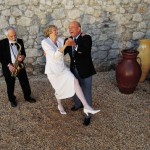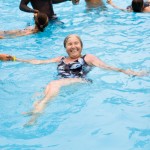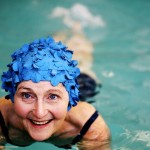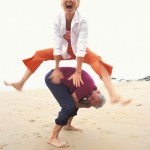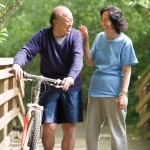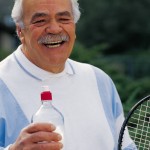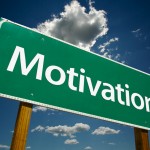 The Benefits of an Elliptical Trainer for Baby Boomers
The Benefits of an Elliptical Trainer for Baby Boomers
It is no coincidence that the popularity of elliptical trainers has grown with the aging of the baby boomer population. For many in this generation, excessive high impact exercises have limited their activities. Elliptical trainers are appealing to aging baby boomers for a number of reasons…
Low Impact Workout
As the name implies, an elliptical trainer moves your lower body in an elliptical motion. Consequently this minimizes impact to your joints. Moving in an elliptical motion minimizes the pressure on your knees, ankles and lower body. The action is like running on air. Elliptical trainers allow individuals with stress and strain injuries to continue to get an intense cardio workout.
Combined Upper and Lower Body Workout
With an elliptical trainer you get a combined upper and lower body workout. Your arms move in a back and forth motion with the upper handle bars. And by alternating the resistance between your arms and legs you increase the benefits to both areas of your body.
Variable Workout
With any elliptical trainer you can adjust the resistance. By varying the resistance you enhance your workout by putting additional strain to your legs and upper body while increasing your cardio exertion. To even further target additional muscles and increase your cardio exertion, most elliptical trainers allow you to incline the motion, making you feel like you are climbing a hill.
Weight Bearing Workout
Weight bearing workouts should be an essential part of any baby boomer’s exercise routine. This is when the bones work against gravity to support the body, or where they work against other kinds of resistance, as in weight-lifting. As you push down on the pedals of an elliptical or push and pull the upper handle bars you are getting a double dose of weight bearing resistance.
Fred Waters has worked in the fitness equipment industry for over 17 years and is a recognized authority on fitness machines. You can learn more about elliptical trainers and get reviews at www.Fitness-Equipment-Source.com.
 Subscribe
Subscribe
